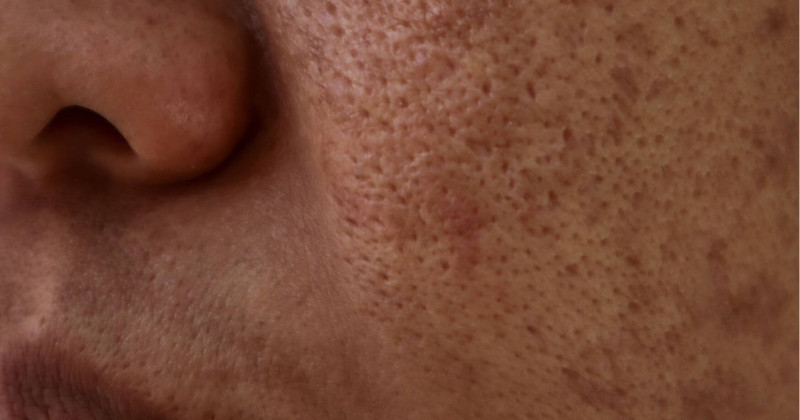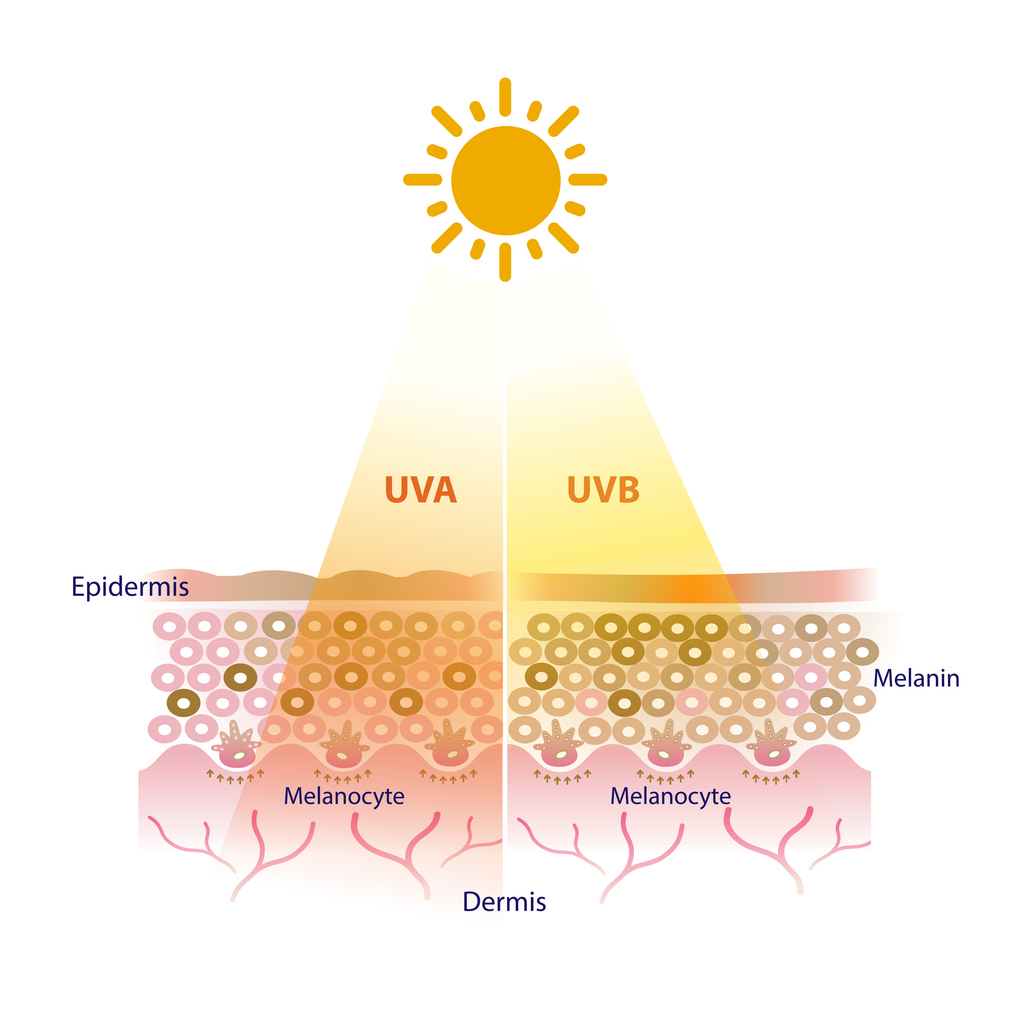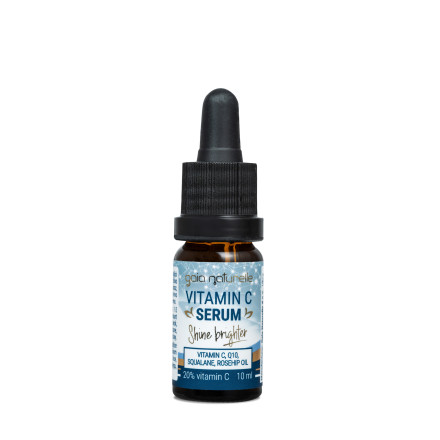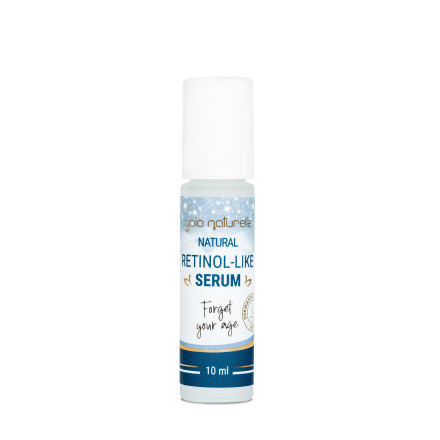Understanding hyperpigmentation - types, causes, and solutions

In the world of beauty and skincare, we face a variety of challenges that affect the health and appearance of our skin. One of these problems that occurs frequently and can affect self-confidence is hyperpigmentation. Hyperpigmentation, or uneven pigmentation of the skin, is the appearance of dark spots - also known as age spots or sun spots - on the face, hands, and other parts of the body that are exposed to the sun.
If you've encountered these dark spots on the skin or want to learn more about how to prevent them, you're in the right place. In this blog, we'll delve into the world of hyperpigmentation, explore the causes behind this phenomenon, discover different types of hyperpigmentation, and uncover effective ways to combat it.
Table of Contents
What Causes Hyperpigmentation?
Sunspots, Melasma, or Post-Inflammatory Hyperpigmentation?
How to Prevent or Mitigate Hyperpigmentation?
What is Hyperpigmentation?
Hyperpigmentation appears as darker areas on the skin of various sizes and shapes. It's characterized by uneven skin pigmentation, leading to the formation of dark spots or patches on the skin, causing it to appear uneven.
What Causes Hyperpigmentation?
Pigmented spots most commonly occur when the body produces too much or too little melanin.
What is Melanin? Melanin is a pigment or skin coloring produced by specific skin cells called melanocytes. It's composed of various pigments collectively known as melanins. These provide color to our eyes, skin, hair, and hair.

In addition to giving color to our skin, melanin also protects the skin from the harmful effects of ultraviolet radiation. The lighter our skin, the less melanin it contains. As a result, it's more sensitive to the effects of UV rays and more susceptible to skin aging.
Several factors can influence excess melanin production:
- Excessive exposure to UV radiation without using sunscreen.
- Skin inflammation and injuries that lead to the release of melanin.
- Hormonal changes: Pigmented spots often appear in women using hormonal contraception, during pregnancy, or in menopause.
- Age: With age, the number of melanocytes decreases, while their activity and volume increase.
- Certain medications (e.g., antibiotics) and herbs (e.g., St. John's Wort).
When the skin produces too much melanin due to the various factors mentioned above, it becomes visible on the surface. Excessive melanin production can manifest as sunspots, age spots, and melasma, and can also lead to post-inflammatory hyperpigmentation.
Sunspots, Melasma, or Post-Inflammatory Hyperpigmentation?
Pigmented spots, also known as age or sunspots, are small skin discolorations that appear due to prolonged sun exposure. They are typically observed on the face, décolleté, hands, and arms, as these areas are often exposed to sunlight.
Melasma, on the other hand, is a form of hyperpigmentation caused by hormones or changes in their levels that affect melanin production. Melasma occurs in around 15% of pregnant women, which is why it's sometimes referred to as the "pregnancy mask." In addition to pregnant women, women using oral hormonal contraceptives also experience melasma.
The good news is that melasma can fade on its own after childbirth or after reducing estrogen levels. It's a skin condition where larger irregularly shaped patches or spots develop on the face. It most commonly appears on the cheeks, forehead, nose, or upper lip.
What about Post-Inflammatory Hyperpigmentation?
As the name suggests, this type of hyperpigmentation develops as a result of inflammation or damage. Individuals who suffer from acne often experience post-inflammatory hyperpigmentation. It occurs when a wound heals, leaving behind a flat area of darkened skin. When skin inflammation occurs, melanin is released, and its excess can lead to hyperpigmentation.
How to Prevent or Mitigate Hyperpigmentation?
1. Sun Protection
Sun protection is the most important measure to prevent hyperpigmentation. As previously mentioned, UV rays are one of the main factors contributing to the development of sunspots and age spots. Excessive exposure to UV radiation can also negatively impact our DNA, lipids, and collagen.
Avoiding the sun or at least careful sun exposure is crucial. It's especially important to use sunscreen every day (even on cloudy days). Using a daily moisturizer with sunscreen will help:
Reduce the risk of sunburn Reduce the risk of premature skin aging Reduce the risk of skin cancer Reduce the appearance of sun damage on the face (hyperpigmentation) Proper use of a moisturizer with sunscreen
Hyaluron Face Cream SPF 30 is a moisturizer with SPF 30 that quickly absorbs into the skin without leaving a greasy residue. Natural ingredients such as hyaluronic acid, jojoba oil, glycerin, niacinamide, and vitamin E will hydrate and nourish your skin.
Broad-spectrum SPF 30 protection ensures adequate protection against UVA and UVB rays and premature skin aging. This moisturizer with SPF is suitable for all skin types after the age of 20 and works well as a makeup base.
2. Antioxidants
Antioxidants play a crucial role in preventing hyperpigmentation by protecting the skin from oxidative stress caused by free radicals. Free radicals are unstable molecules that can damage skin cells and cause inflammation, which can ultimately lead to the development of hyperpigmentation.
They work by neutralizing free radicals, thereby reducing damage to skin cells. They can also stimulate the cell renewal process and help remove dead skin cells, which can improve skin tone and prevent pigment accumulation on the surface.
One of the most well-known antioxidants is vitamin C. Vitamin C for the face is considered the gold standard. Skincare experts highly praise it. The reason is that vitamin C is proven to be extremely effective against skin aging. It creates a radiant complexion, evens out skin tone, and stimulates collagen synthesis.
Vitamin C serum is a rejuvenating serum with a high concentration of pure and stable vitamin C in an oil base. It contains vitamin C derivatives, squalane, rosehip oil, vitamin E, bisabolol, and coenzyme Q10.
The combination of active ingredients effectively protects the skin from environmental factors, ensures an even and radiant skin tone, and improves the appearance of scars while addressing dry and rough skin.
3. Skin Exfoliation
The skin constantly renews its cells. Dead cells on the surface are gradually shed to make way for new, fresh cells. However, with aging, this process slows down, leading to a buildup of dead cells on the skin's surface. This can result in a dull appearance, and uneven texture, and contribute to the development of hyperpigmentation.
Exfoliation accelerates this natural cell renewal process. By exfoliating, dead cells are removed, allowing new cells to come to the surface more quickly. This improves skin tone, gives it a smoother texture, and reduces the appearance of fine lines, wrinkles, and spots.
Lactic acid, retinol, salicylic acid, glycolic acid, and enzymes are effective exfoliants, but moderation is crucial to avoid excessive exfoliation.
The retinol-like serum is an extremely effective product that acts as a natural alternative to retinol. The serum is designed for those who want to improve skin elasticity and density and achieve a more youthful appearance.
BHA toner contains salicylic acid and tea tree extract, which effectively penetrate the pores and dissolve oil, helping to prevent the appearance of pimples and blackheads. It also contains hyaluronic acid and niacinamide, which moisturize the skin and help maintain its natural pH.


